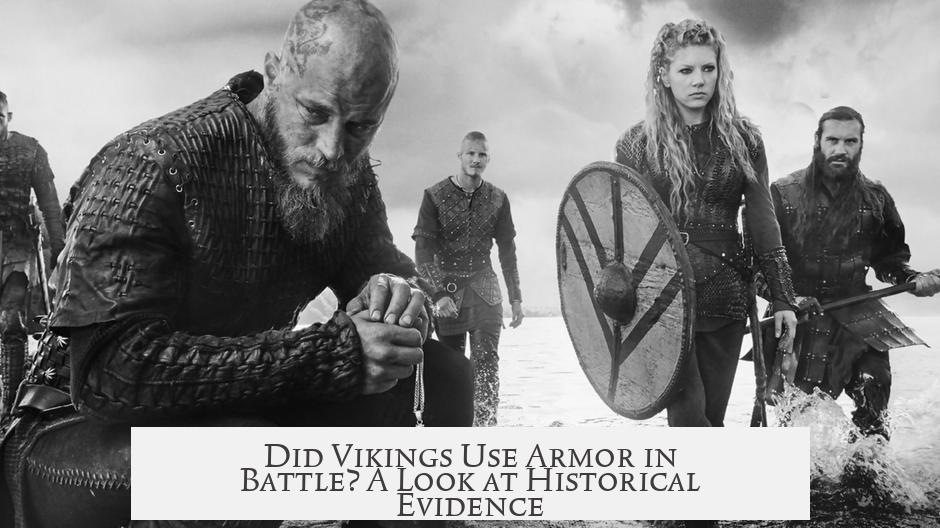Vikings did wear armor, primarily chainmail, along with helmets and shields, though leather armor’s prevalence remains debated. Archaeological and scholarly sources confirm that maille, or chainmail, was the main type of protective gear used by Vikings in combat during the Viking Age. This metal armor offered effective defense against weapons.
Leather armor’s role is less clear. Some theories suggest Vikings used it, but there is limited direct evidence. Much of the leather armor imagery in modern media is speculative or incorrect. Popular portrayals often show Vikings clad mostly in leather with metal fittings, which lacks historical support.
Viking helmets form a distinct part of their armor. The well-known Gjermundbu helmet is a confirmed battle helmet from the era. However, the elaborate Vendel helmet, frequently depicted in films and shows, likely served ceremonial purposes. Despite its ornate design, no evidence suggests the Vendel helmet was used in active fighting.
Shields complemented their armor and were a vital part of Viking defense strategy. Made from wood and often reinforced with metal, shields provided both protection and offensive potential in battle.
- Chainmail is the verified main form of Viking armor during combat.
- Leather armor is uncertain, mostly disputed among scholars.
- Helmets like Gjermundbu saw real combat use.
- Vendel helmets are mostly ceremonial, not practical armor.
- Media often exaggerates or invents Viking armor styles.
These facts highlight that Viking armor combined metal chainmail, helmets, and shields as practical protection. Popular depictions focusing on leather or decorative gear generally do not reflect historical reality.




